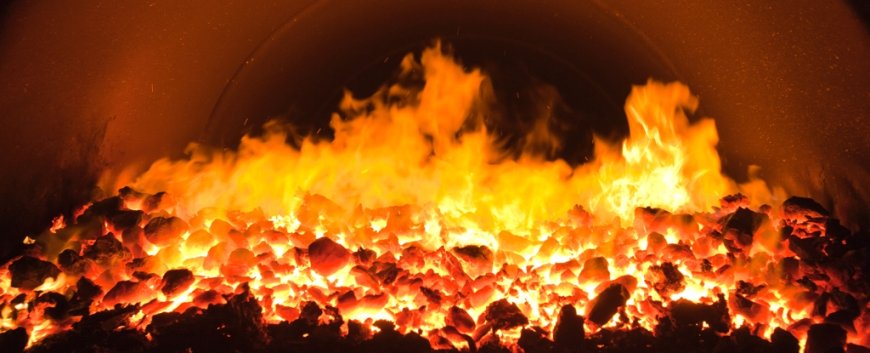When Did Scientists First Detect Climate Change Signals?
A recent study suggests that human activities were altering the climate as early as 130 years ago. By analyzing historical data, researchers found that the cooling of the stratosphere could have been identified in the late 19th century due to human-induced greenhouse gas emissions. This early warning sign, if detected, might have changed the course of climate change history.

If scientists of the 19th century could have used modern tools to study the atmosphere, they might have noticed the early warning signs of a major shift: human activities, like burning coal and wood, had already begun changing the climate.
In a recent thought experiment, a team of Earth and atmospheric scientists found that with the right equipment, we could have hypothetically detected the first stages of this shift by around 1885, just before fossil fuel-powered cars were invented.
Their results suggest that a discernible human influence on atmospheric temperature has likely existed for over 130 years.
In reality, the heat-trapping properties of carbon dioxide were only just being discovered in the mid-1800s. Emissions of this gas were rising as a result of the Industrial Revolution in Europe, and it wasn't until the 1970s that systematic scientific studies really began to reveal its role – and our hand – in modern climate change.
In their hypothetical scenario, the researchers set the assumption that scientists were capable of making accurate measurements of global atmospheric changes by 1860, equipping them with instruments as reliable as today's satellite microwave radiometers and contemporary estimates of carbon dioxide changes from ice cores and stratospheric balloons.
\"We then apply a pattern-based 'fingerprint' method to disentangle human and natural effects on climate,\" the authors explain.
Despite the overall warming effect of greenhouse gases, climate change's early warning signal would have actually taken the form of stratospheric cooling. This is a direct radiative response to human emissions of carbon dioxide and other greenhouse gases, and human-driven ozone loss.
Greenhouse gases trap radiation from the Earth's surface in the lower layer of the atmosphere, the troposphere. These gases increase the reflective power of the next layer, the stratosphere, causing heat to bounce off it and back toward Earth.
Meanwhile, ozone depletion decreases the stratosphere's ability to absorb radiative heat. The overall effect is stratospheric cooling, while below, the troposphere starts to warm.
The stratosphere is also less affected by the fluctuating weather going on in the troposphere below, which is what makes it difficult to see long-term climate patterns from ground measurements.
\"Pronounced cooling of the mid- to upper stratosphere, mainly driven by anthropogenic increases in carbon dioxide, would have been identifiable with high confidence by approximately 1885, before the advent of gas-powered cars,\" the authors write.
\"Even if our monitoring capability in 1860 had not been global, and high-quality stratospheric temperature measurements existed for Northern Hemisphere mid-latitudes only, it still would have been feasible to detect human-caused stratospheric cooling by 1894, only 34 years after the assumed start of climate monitoring.\"
Unless someone invents a time machine, we'll never know if this foresight would have prevented the devastating effects of unchecked fossil fuel emissions through the 20th and 21st centuries, which we are only just beginning to feel. We've known about climate change for at least 50 years now, and we are still yet to find a way to quit our species' fossil fuel habit.
\"We know with high confidence that sustainable pathways must be followed to avoid dangerous anthropogenic interference with climate. For the mid- to upper stratosphere and the troposphere, the projected future changes over the next 26 years are larger than the simulated changes over the 39-year period from 1986 to 2024,\" the authors conclude.
\"Humanity is now at the threshold of dangerous anthropogenic interference. Our near-term choices will determine whether or not we cross that threshold.\"
The research was published in PNAS.
What's Your Reaction?
 Like
0
Like
0
 Dislike
0
Dislike
0
 Love
0
Love
0
 Funny
0
Funny
0
 Angry
0
Angry
0
 Sad
0
Sad
0
 Wow
0
Wow
0





















































































































































